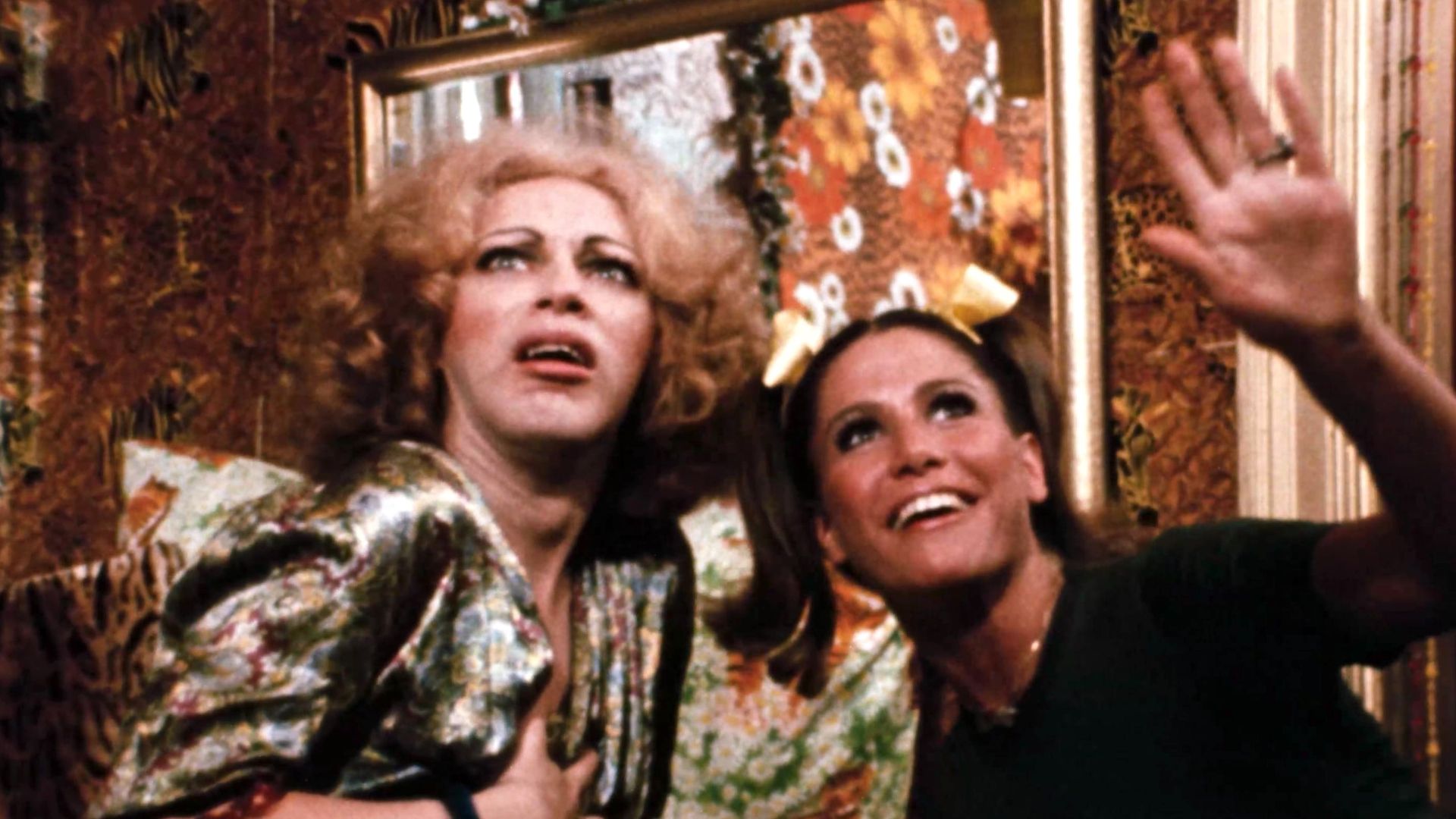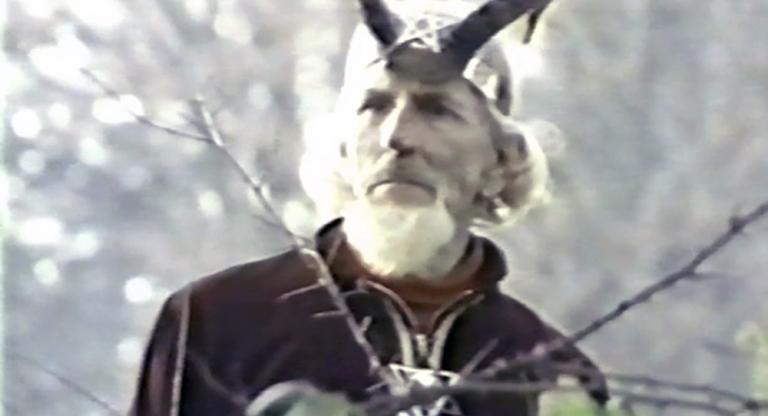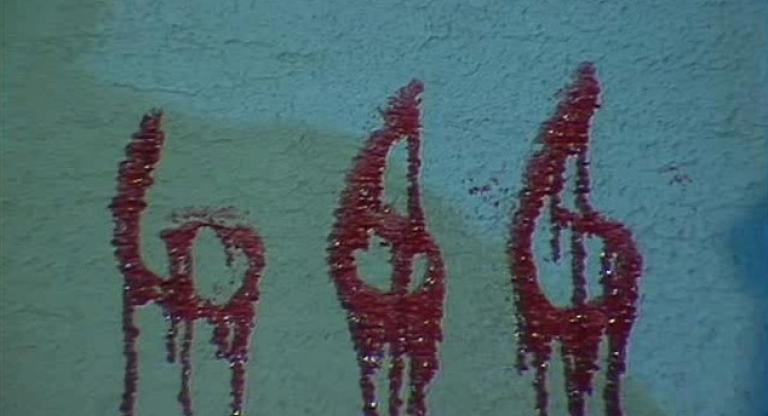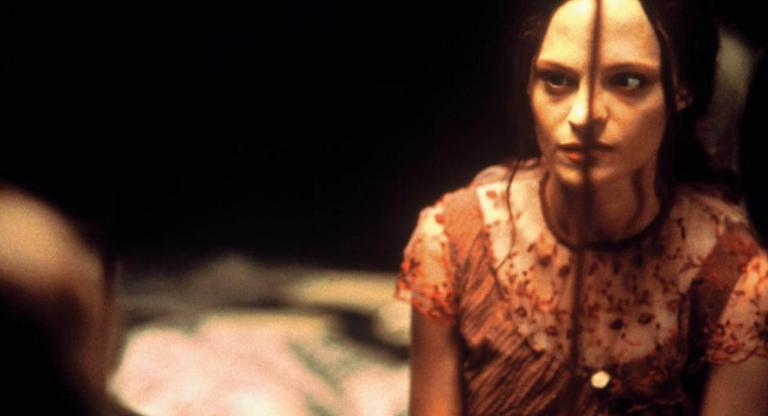Coming off of her unlikely breakthrough in Paul Morrissey’s Trash (1970), the trans icon and Warhol superstar Holly Woodlawn was at a junction: she could take a supporting role in the early Merchant Ivory film Savages (1972) or star in an underground musical comedy shot on 16mm by a first-time filmmaker titled Scarecrow in a Garden of Cucumbers (1972). She chose the latter because it had a bigger paycheck attached to it, an unprecedented-for-her $6,500. Beyond providing Woodlawn with what wound up being her one-and-only real leading role, Scarecrow also marked the (off-screen) film debuts of both Lily Tomlin and Bette Midler. But because of spotty distribution and a truly terrible advertising campaign, the film quickly sank and disappeared without a trace. Even Cynthia Carr’s meticulously researched biography of Candy Darling published this past March lists it as a lost film despite the fact that it was restored by the Academy Film Archive in 2022.
Scarecrow’s failure and subsequent disappearance is a shame for many reasons, but perhaps the biggest is that it’s actually funny. Always one of Warhol’s funniest superstars, the film is a comedic tour-de-force for Woodlawn, who takes pratfalls, has a Busby Berkely-like musical number, and at one point even plays her character’s male love interest. Her performance here is like a live action version of her fellow trans icon Bugs Bunny; she is wonderful and, in a better world, the film should have led to a mainstream acting career. Scarecrow also provides memorable roles for Warhol regulars Tally Brown and Michael Sklar, the latter of whom’s own showcase film, Paul Morrissey’s L’Amour (1973), has similarly been out of distribution since the early ‘70s. Scarecrow filmmaker Robert J. Kaplan was such a devotee of Robert Downey that he went on to produce his 1986 comeback film, America, and his fandom shows in his debut feature. Like Downey’s work from the period, the film is loaded with nonstop gags, playing something like a comic strip torn from an issue of The East Village Other or some other countercultural rag. Many of the jokes don’t necessarily land—the brief appearance of an Indigenous caricature played by a white actor in redface in particular—or even really make sense—like a repeated bit about ice cream—but because the film is constantly going for it and always trying to entertain, it works—plus it kills with an audience.
When her brief acting career fizzled out shortly after the film’s release, Woodlawn re-invented herself as a cabaret artist. Over the following decades, she’d tour and have several critically-acclaimed residencies at the beloved (and long gone) West Village cabaret mainstay, Reno Sweeney. One of those shows was captured for posterity in Rosa von Praunheim’s essential portrait of Woodlawn’s Scarecrow co-star, the award-winning Tally Brown, New York (1979). As the two sit on stage and chat about the various ways that underground celebrity never translated to actual financial stability, Woodlawn shares a sad truth about a conversation she once had with a fan at Max’s Kansas City in the guise of a joke: "Yes, I'm an Andy Warhol superstar... Do you have a dollar?" Even now, despite marginal cultural gains and a couple of high profile films released this year, trans actors and filmmakers face a Sisyphean struggle to find work or funding for their projects. That a loving star vehicle for a trans actor like Scarecrow in a Garden of Cucumbers was made over 50 years ago is nothing short of a miracle.
Scarecrow in a Garden of Cucumbers screens tonight, August 26, and throughout the week, at Anthology Film Archives. Producer Hank Alpert will be in attendance for a Q&A following tonight’s 7:15 PM showing.



